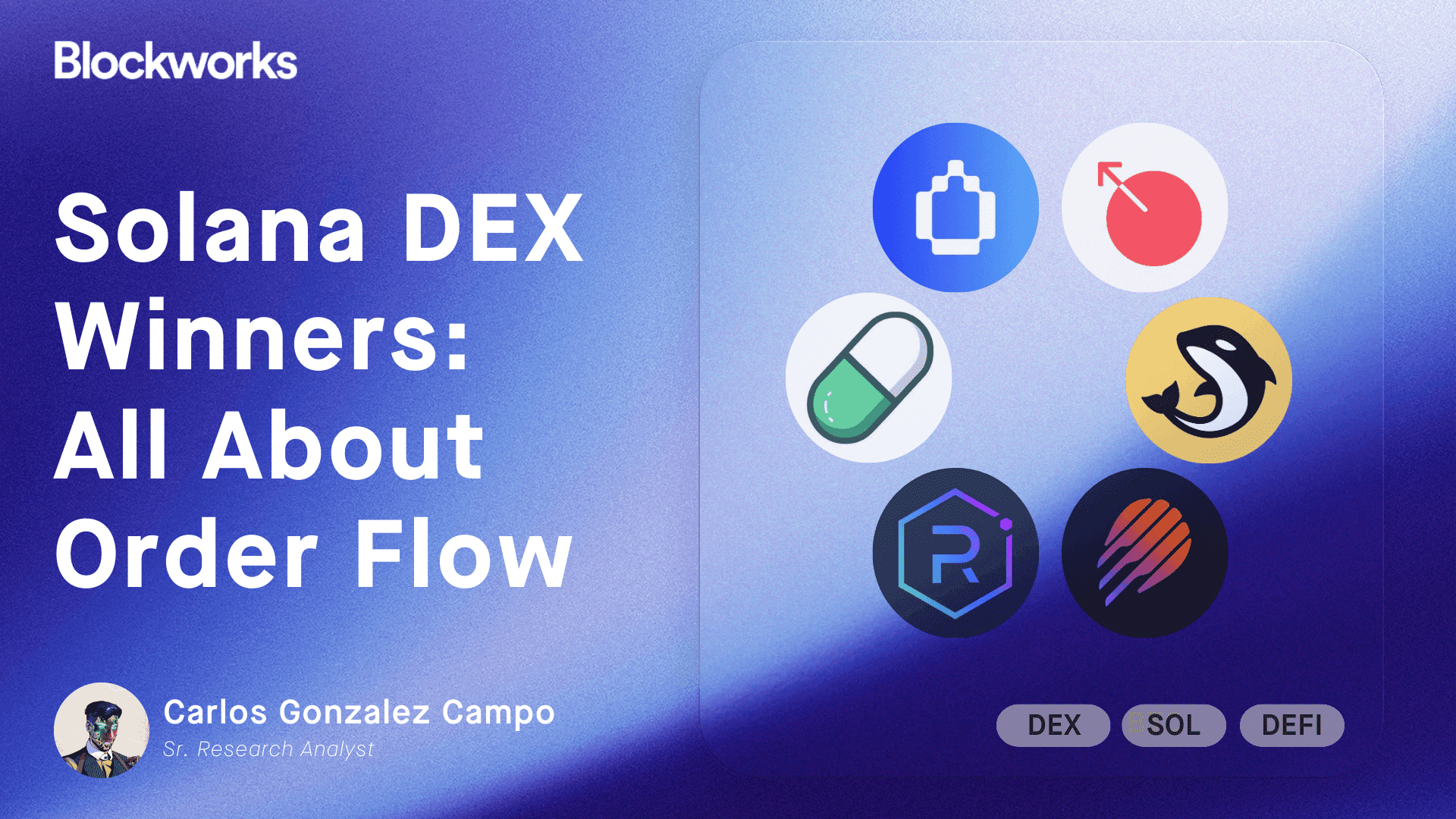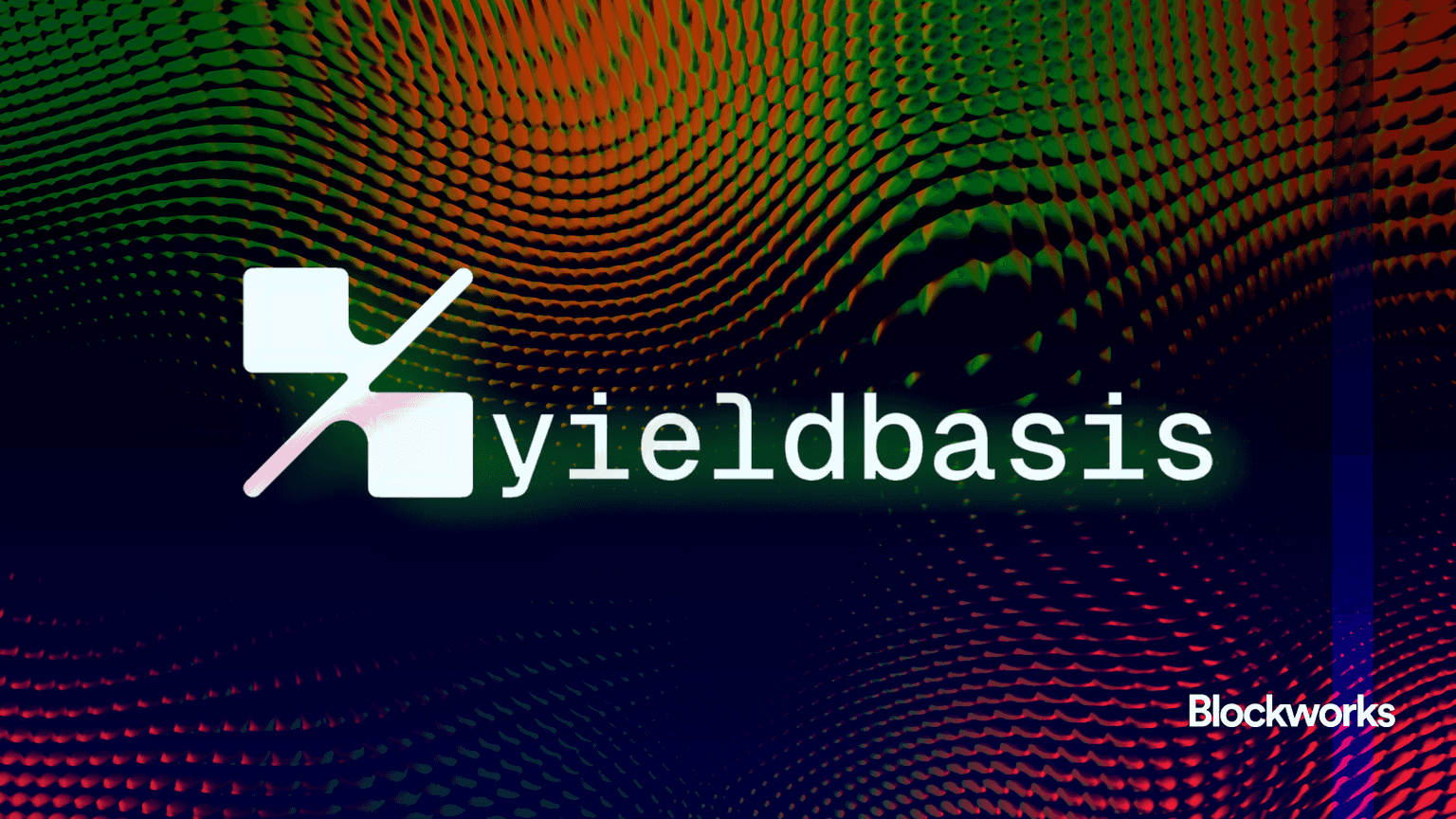11 bitcoin ETF facts 11 months after US listings
Bitwise execs predicted Tuesday that bitcoin ETFs will attract more flows next year than they did in 2024

Andy Vinnikov/Shutterstock modified by Blockworks
This is a segment from the Forward Guidance newsletter. To read full editions, subscribe.
It’s been 11 months since US spot bitcoin ETFs went live on Jan. 11.
To mark the occasion, here are 11 facts about those products:
- Combined net inflows now stand at $34.3 billion, according to Farside Investors data. BlackRock’s iShares Bitcoin Trust (IBIT) alone has welcomed $35 billion to its coffers, while Fidelity’s product is the runner-up with flows of $12.1 billion.
- Since Nov. 6 (the day Donald Trump was named the election winner, removing crypto’s remaining reputational risk for many), the bitcoin ETF category has reeled in $10.8 billion of new capital.
- The segment has collectively notched net inflows on 158 of 231 trading days (68% of the time). The best day (nearly $1.4 billion) came on Nov. 7. The most outflows ($564 million, on May 1) were attributed in part to a profit-taking-fueled BTC dip.
- BlackRock’s IBIT had $50.8 billion in assets, as of Dec. 10. That’s about $17 billion more than the firm’s Gold Trust (IAU), which launched in 2005; but it’s about $24 billion less than the assets in State Street’s SPDR Gold Shares (GLD), which hit the market in 2004.
- While IBIT’s average daily inflows are $152 million, that figure for the WisdomTree Bitcoin Fund (BTCW) stands at less than $1 million.
- On the point of varying flow success, nearly $21 billion has left the Grayscale Bitcoin Trust (GBTC) — a result largely anticipated. The firm’s cheaper Bitcoin Mini Trust (BTC), launched on July 31, has captured almost $900 million of new money.
- As for volumes, an average of 44.5 million IBIT shares trade per day (worth roughly $2.6 billion at IBIT’s current price). The BlackRock product ranks eighth in that category (by shares) across all ETFs in the trailing three months — slightly behind the SPDR S&P 500 ETF Trust (SPY).
- Since spot ether ETFs hit US markets on July 23, capital entering the BTC products ($16.8 billion) is roughly nine times more than the net flows ($1.9 billion) going into their ETH counterparts. So ETH ETF net inflows over that span is roughly 11% that of bitcoin ETFs — below Bloomberg Intelligence estimates that fell between 15% and 25%.
- Institutional buyers of these ETFs have included hedge funds, advisers and even pension funds. Jersey City officials told Blockworks the city’s pension fund planned to buy bitcoin ETFs this month.
- Data shared by Bloomberg Intelligence suggests bitcoin ETFs now hold more bitcoin than the estimated 1.1 million BTC held by Satoshi Nakamoto. Put another way, this is about 5% of the overall bitcoin supply.
- Lastly, the value of each fund’s BTC stash — compared to how much they paid for the coins — may not be what you think. Blockworks’ David Canellis wrote about this recently.
Bitwise executives predicted Tuesday that bitcoin ETFs will attract more flows next year than they did in 2024. Let’s see what happens in the next few weeks and go from there.
Get the news in your inbox. Explore Blockworks newsletters:
- The Breakdown: Decoding crypto and the markets. Daily.
- 0xResearch: Alpha in your inbox. Think like an analyst.






